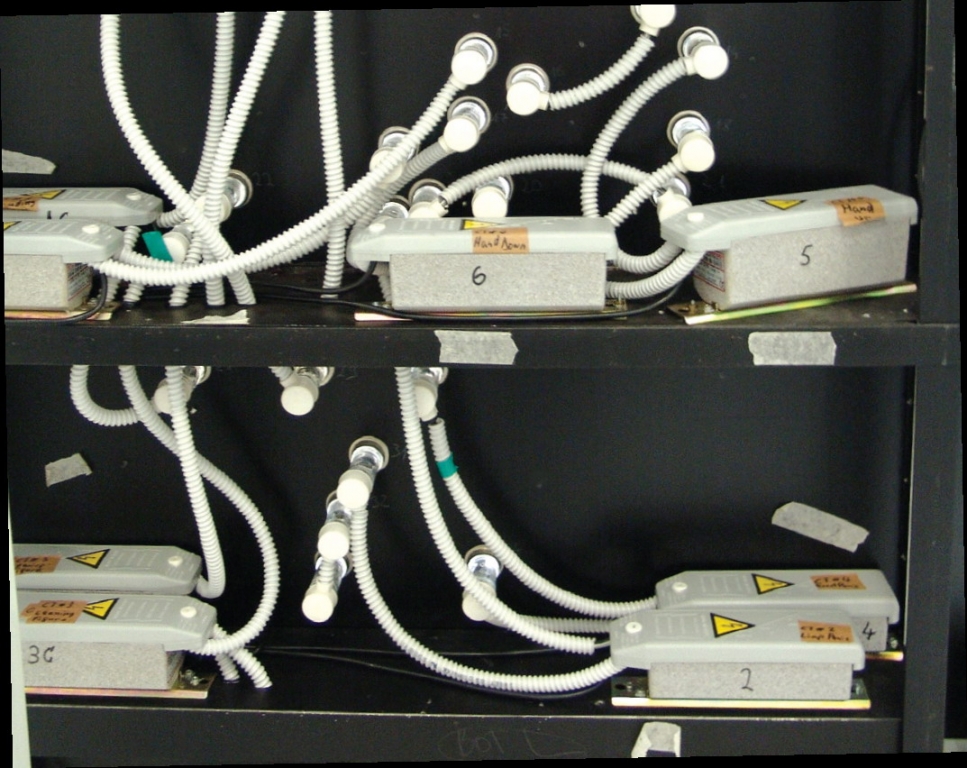I read with great interest Marcus Thielen’s May Lighting Techniques column about neon and LED wiring (see page 30). I find several statements he made about neon-sign wiring questionable:
“Wire all tubes attached to one transformer in series; put the feed in the center of the chain, and close the chain from end to end.”
There are several ways to wire a neon transformer. Many installers think virtual-midpoint-ground GTO wiring is automatically self-balanced within 10% of the anticipated load. This isn’t true. The installer must make sure the conduit runs balance the midpoint return’s load. Keep GTO-cable leads in conduit as short as possible. The return legs and long GTO runs can be grounded, but never assume there’s no voltage in this wire. Balance-series wiring with midpoint-return circuitry enables the transformer to self-balance within 5% of the load. The National Electrical Code (NEC) limits GTO runs to 20 ft. within metallic conduit. With red luminous tubing, France recommends limiting the runs to 10 ft. Additional transformer overloading will cause overheating and tube flickering.
“Do not wire the far ends of the chain to the transformer.”
I disagree; there are several advantages to a balance-series wiring system. Most importantly, they’re easier to service. Pinpointing a faulty tubing section is much easier with a properly installed, series-wiring system. You just have to bypass the GFI first. Also, you’ll soon find out if the transformer is overloaded; it will start flickering quickly.
“Keep the high-voltage wires as short as possible (capacitance). And, run high-voltage wires as far away from metal as possible (capacitance, insulation).”
Advertisement
I agree; however, using a listed, GTO-cable-sleeve system prevents these problems.
“Fasten the high-voltage wire on insulated standoffs.”
NEC Section 600.32 (A) addresses this. Insulated standoffs require metal raceways for use.
“Don’t use metallic conduit for high-voltage wires (capacitance).”
As defined in NEC Section 600.32, metal raceways are recommended for high-voltage, secondary wiring. Metal conduit may be used for a bond if the transformer-energized circuits are less than 100 ft. long. Non-metallic conduit may be used, but it requires an additional bond wire to be installed within 1.5 in. of the raceway.
“Never make high-voltage junctions, except in listed splicing boxes.”
Clear-glass, luminous tubing hasn’t been evaluated for this purpose.
“The best way to wire neon signs is with bare, copper wire on glass or porcelain standoffs, like the old-timers did.”
I began my sign apprenticeship in 1956, as a union member in a Detroit shop. I have no recollection of bare, GTO-circuit wiring, except when enclosed within a sign body. We used #14 GTO cable with an insulated cover, also known as rag wire, for high-voltage wiring.
Advertisement
The NEC (also known as NFPA 70) is reviewed and updated every three years, and suggestions for improved safety measures are submitted for each edition. The reviews and adopted changes are forwarded to the electrical-inspection community, nationally recognized testing laboratories and listing organizations, and safety organizations, for review and comment. They’re charged with protecting the general public’s safety, as well as workers in industries where the NEC is enforced. These procedures have created changes beneficial to our industry, and provide safer working environments.
– Herbie Moulton,
Masters Technology Inc.
Glendale, AZ



 Photo Gallery2 weeks ago
Photo Gallery2 weeks ago
 Paula Fargo1 week ago
Paula Fargo1 week ago
 Real Deal1 week ago
Real Deal1 week ago
 Photo Gallery1 week ago
Photo Gallery1 week ago
 Projects1 week ago
Projects1 week ago
 Women in Signs2 weeks ago
Women in Signs2 weeks ago
 Signs of the Times2 weeks ago
Signs of the Times2 weeks ago
 Business Management6 days ago
Business Management6 days ago









